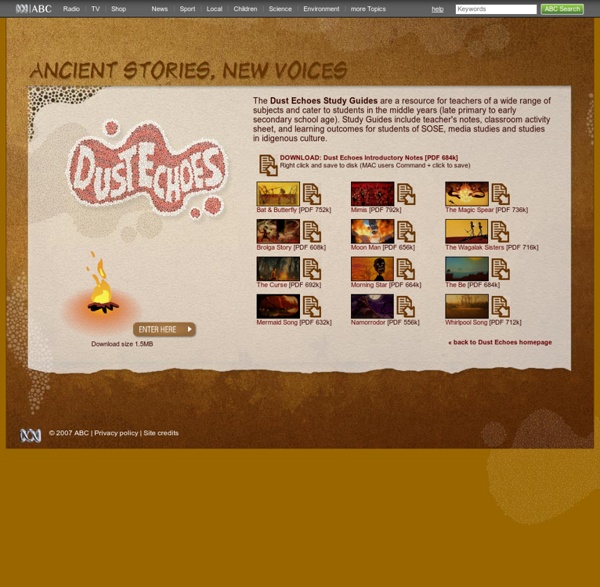



Aboriginal Art Culture and Tourism Australia THE HUMAN WORLD We are the Indigenous people of Australia. Aboriginal people are those traditional cultures and lands lie on the mainland and most of the islands, including Tasmania, Fraser Island, Palm Island, Mornington Island, Groote Eylandt, Bathrust and Melville Islands. The term "Aboriginal" has become one of the most disputed in the Australian language. The Commonwealth definition is social more than racial, in keeping with the change in Australian attitudes away from racialistic thinking about other people. An Aboriginal person is defined as a person who is a descendant of an Indigenous inhabitant of Australia, identifies as an Aboriginal, and is recognised as Aboriginal by members of the community in which she or he lives. This definition is preferred by the vast majority of our people over the racial definitions of the assimilation era.
Australian Aborigine Dream Beliefs | Dream Encyclopedia The Australian native peoples are divided into more than 500 tribal groups. These tribes are also of two major types – those who live inland, and those who live along the coastline. The separation of tribes and the division provided by the environment led to differences in views about the nature of human life and death, and the part dreams played. Dreamtime refers to an experience and to beliefs that are largely peculiar to the Australian native people. Dreamtime includes all of these four facets at the same time, being a condition beyond time and space as known in everyday life. Although Dreamtime may sound rather mystical or mysterious to the Western mind, the experience is based on understandable and observable facts of social and mental life which are unfortunately little valued in Western society. The aborigine people believed that each person had a part of their nature that was eternal. In writing about the state of mind – the mental world – of early races, J.
Untitled Weather cycles around Sydney from the Bodkin/Andrews clan of the D'harawal People Seasons of the year Goray'murrai Nov-Dec (approx) Time of the blooming of the Kai'arrewan (Acacia binervia) warm and wet, do not camp near rivers Parra'dowee the Great Eel calls his children to him Gadalung Marool Jan-Feb (aprox) Time of the blooming of the Weetjellan (Acacia implexa) hot and dry, eat only fruit and seeds Burra (kangaroos) start having their babies Bana'murrai'yung Mar-May (approx) Time of the ripening of the fruit of the Lillipilli (Syzygium spp) Wet, getting cooler, time to make cloaks and start the journey to the coast Marrai'gang, the tiger quoll seeks her mate Tugarah tuli Jun-Jul (approx) Time of the flowering of the Burringoa (Eucalyptus tereticornis) Cold, time to gather the nectar for ceremony, Barrugin, the echidna begin their gatherings. Tugarah gunya'marra Aug (approx) Murrai'yunggoray Sep-Oct (approx) © Bodkin/Andrews clan of the D'harawal People Climatic cycles GARUWANGA - Dreaming
Aboriginal Australians Facts, information, pictures | Encyclopedia.com articles about Aboriginal Australians PRONUNCIATION: aw-STRAY-lee-uhn ab-or-RIDGE-in-eez LOCATION: Australia; Tasmania POPULATION: Approximately 265,000 LANGUAGE: Western Desert language; English; Walpiri and other Aboriginal languages RELIGION: traditional Aboriginal religion; Christianity The original inhabitants of the continent of Australia took up residence there at least 40,000 years before Europeans landed at Botany Bay in 1788. Australian Aborigines traditionally lived throughout Australia and on the island of Tasmania. There were approximately three hundred different Aboriginal languages spoken in 1788. The largest language in terms of number of speakers is called the Western Desert language, spoken by several thousand Aboriginal people in the Western Desert region of the continent. Most Aboriginal people speak English as their first or second language. Over their long history, a complex and rich Aboriginal mythology has evolved. There are many myths of the Dreamtime. Traditional Aboriginal societies were nomadic.